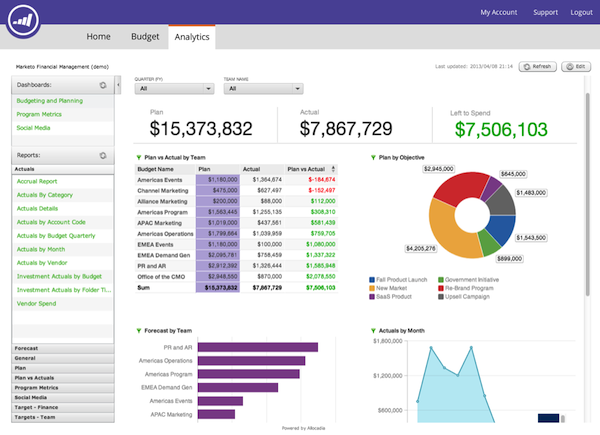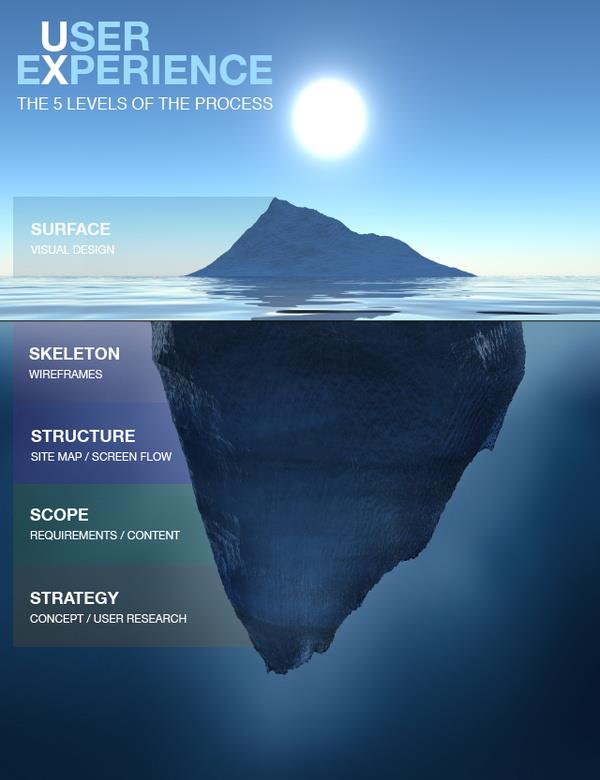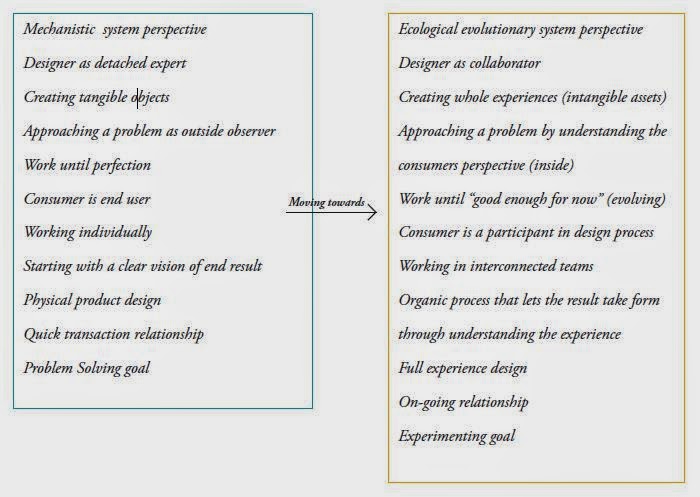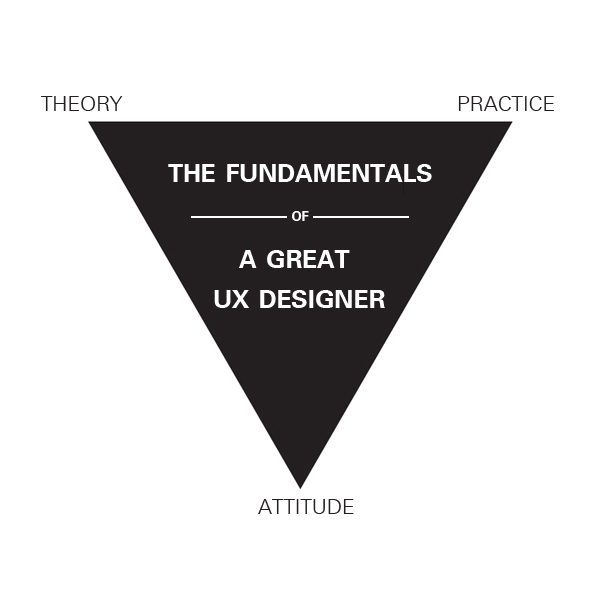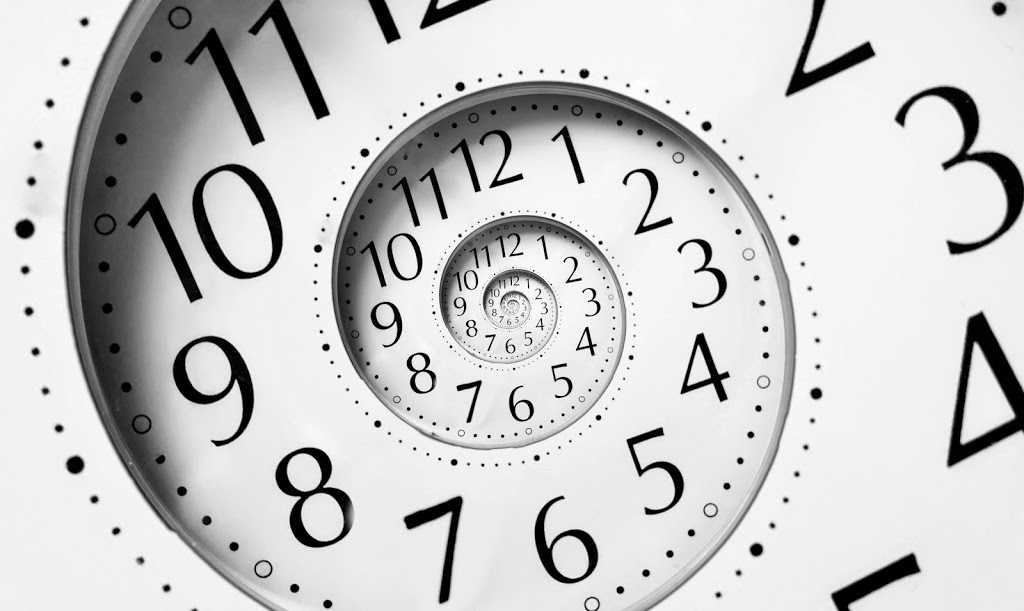
The key role that UX has in working with Analytics is adding the element of the “User”. A User Experience designers’ job is to understand what the needs are of the user and the business, as well as take into account the context in which the application/website exists. Because of this, I postulate that a UX designer (or team thereof) is best suited to infuse the analytics reports with user-centered insights, rather than leaving it to just business and sales.
UX designers by default possess the skill of taking complex information from various areas and distilling it down into an information architecture and system structure that would make sense to the user. So naturally UX can add value in parsing through the mountain of types of data in order to understand which parts to cross reference to paint a clear picture of user behavior.
However… I’m just a soul whose intentions are good… please don’t let me be misunderstood: I am not saying that only UX should work on analytics. I am simply pointing out that UX can add a lot of value due to the nature of UX itself. Interdisciplinary teams can really lend itself to insightful and interesting analytics reports. If Business, UX, Development and Reporting tool specialists all collaborate together, we could have a winning combination. Maybe throw in some marketing and sales too. Every company has a varying team structure for dealing with analytics, ranging from a distinct group of Business analysts being responsible for it, to a dedicated big data specialist working with usability experts. I can;t say which structure is the best, but I do know that UX should be involved.
UX can use analytics in order to understand, measure, and improve elements of conversion. The term “conversion” should be defined before diving into any analytics: What is a conversion and what defines a successful conversion? Can they be broken down into Macro-conversions (Transaction completion such as purchase confirmation) and Micro-conversions (Steps indicating movement toward a macro-conversion)? Once this is established, UXers can dive into the sea of Big Data and start exploring.
Here are some related posts:
Why you should incorporate analytics into your UX process by me
UX design can help make sense of Big Data by AG Staff
3 uses for analytics in UX by Nielsen Norman Group







